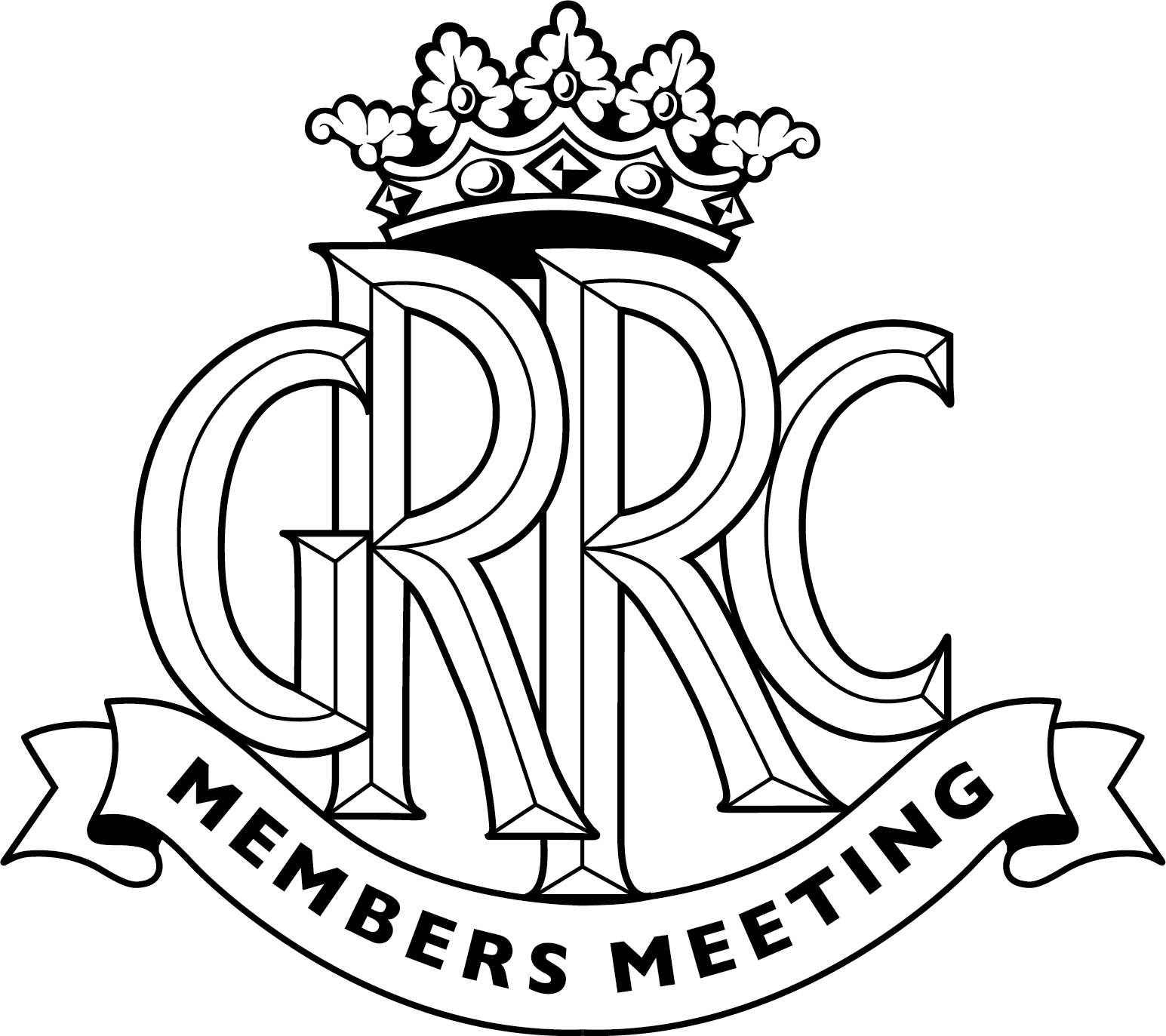The history of F1: The 1960s
Lennon and McCartney, Morecambe and Wise, Jagger and Richards, Pete and Dud, Chapman and Clark… sometimes soaring talent always works best in pairs. In each case, either were weaker and less effective without the other. But Jimmy Clark never even got the chance to strike out alone, to find out what life could have been like without the guiding influence – and ‘golden handcuffs’ – of Colin Chapman, who kept the Scottish sheep farmer chained to Lotus throughout his too-short racing career.

Cruelly and senselessly cut off in his prime on 7th April 1968, Clark was the quietly charismatic talisman of the Formula 1 World Championship’s second decade. In death, he would become a sainted beacon for a time many consider to be motor racing’s end of innocence, when teams still ran in plain national colours before garish corporate sponsorship smothered the cars, and before the awesome power of downforce was truly understood and properly harnessed. Some say Clark, who died at Hockenheim in a Formula 2 Lotus painted in Gold Leaf colours, was growing weary of Chapman’s influence, of the fast but fragile cars that left him with a career record that didn’t accurately reflect his true level of dominance in a decade blessed by a host of other outstanding talents.
Would he really have fled the nest? Where would he have gone? What else could he have achieved? How devastatingly fast would he have flown with wings, in the grip of big, fat slick tyres? We can never know. Instead, we can only remain in thrall to what we did see.
Clark broke through in the first year of the new decade, 1960. But while his talent was clear, his talisman status wasn’t immediate. The Cooper Car Company was still making hay on the back of the rear-engined revolution it had led, Jack Brabham claiming a comfortable title in the new ‘lowline’ T53. But as ever, F1 evolution was rapid and the new, boxy Lotus 18 was potentially faster, albeit on a more unsettling knife-edge of performance. Stirling Moss had recognised it and convinced Rob Walker to make the switch from Cooper to Lotus, the move paying off immediately in Monaco. But the gut-wrenching horror of Spa, where in separate accidents Moss and Mike Taylor sustained serious injuries and Chris Bristow and Alan Stacey lost their lives, ripped the heart from the F1 season. While Moss recuperated, John Surtees made a stunning transition from two to four wheels for Team Lotus, while Graham Hill almost won the British Grand Prix for BRM – but Brabham’s second consecutive title was never in serious doubt.

A switch from 2.5-litre to little 1.5-litre engines for F1 briefly derailed the new British dominance in 1961, as a potent V6 that had been honed in F2 gave Ferrari’s new ‘Sharknose’ 156 serious bite. Only a fully recovered Moss, still in Walker’s 18, could offer significant resistance with virtuoso performances at Monaco and the Nürburgring. But Ferrari’s glittering year would become shrouded in tragedy, Wolfgang von Trips inadvertently triggering a collision with a shaken Clark at Monza that would cost the German his life – along with 14 spectators. It remains F1’s blackest day. Phil Hill’s title, the first for an American, barely registered in such a context.

The British teams, initially angered by the 1.5-litre formula and threatening a breakaway series that quickly stalled, were back on the ball in 1962, as Chapman’s stunning all-monocoque Type 25 took on the neat and initially stack-piped BRM P57. Clark versus Graham Hill. It was great, but here was another monumental ‘what if’ following Moss’s dramatic departure after hitting the grass bank at St. Mary’s in a non-championship race at Goodwood. Stirling’s post-accident life still had another 58 wonderfully enriching years to run – but on Easter Monday 1962, the world lost the chance to see how a fully evolved Clark versus a still at-peak Moss would have played out. It probably would have been epic.

Only signature unreliability would rob Clark of a first world title that year, handing the crown instead to Hill. But nothing would stand in Colin and Jimmy’s way in 1963. As Beatle-mania swept across Britain, Clark soared to seven grand prix wins to beat two-time winner Hill by a huge (at the time) 25 points.

If the Lotus didn’t fail, Clark tended to win. But during ’64, in four consecutive races, Jimmy failed to add to his points tally. Not all of it was down to Lotus – Coventry-Climax’s era-defining V8 let him down too. But the fragility allowed an inspired John Surtees to make history at Ferrari, galvanising the Italians and riding roughshod through the internal political pitfalls (for now) to become the first two- and four-wheeled world champion.

But nothing could stand in the way of Clark and Lotus in 1965. The greatest season for a single driver in history? Victories in six of the first seven grands prix made him champion by 1st August – a new record; add in the ground-breaking and dominant victory at the Indy 500, plus further title success in F2 (racing drivers weren’t blinkered by F1 back then), surely it has to be. It could have been, on merit and with a fairer wind, his fourth consecutive F1 title.

Again, a rule change derailed the form book in ’66, this time wily Brabham and his partner Ron Tauranac taking the initiative at the dawn of the ‘return to power’ 3.0-litre era, with a sensibly conceived and brilliantly executed car propelled by an engine from little-known Australian parts supplier Repco. The solid, trusted engineering that had made the Brabham company the most prolific builder of customer racing cars in the world now delivered Jack a deserved third world title as a driver, and the following year another for his Kiwi team-mate Denny Hulme.

Meanwhile, Bruce McLaren took his first steps into F1 team ownership having already established his eponymous constructor in Can-Am. And Californian Dan Gurney walked away from potential drivers’ titles at Brabham to give flight to his beautiful Eagles, Weslake V12 power carrying him to an unforgettable victory at Spa in 1967.
But what was happening at Lotus that same year would carry greater significance for F1’s future. Chapman’s energy and sheer force of personality inspired Ford to back a new project, as Cosworth produced an exclusive game-changer: the Double-Four Valve (DFV) V8. Attached to the back of the beautifully simple Type 49 as a fully-stressed member, the combination would change F1 for ever through the following decade, and in Clark’s hands would win first time at Zandvoort. But again, fragility would be the downfall as costly creases were ironed out. Surely Lotus would be back on top in ’68.

Chapman was furious to lose his DFV exclusivity, but nothing would stand in Clark’s way of beating Fangio’s F1 win record with his 25th grand prix victory on New Year’s Day. But then, unthinkably, he was gone, lost in a still unexplained accident in an inconsequential F2 race. The F1 world reeled – and then knuckled back down, as it always has. Hill, newly returned to Lotus, stepped up, pulled a devasted Team together and delivered the title he knew would probably have been his friend’s. It remains one of F1’s most heroic season performances.
But a new force, in a pale shade of Matra blue, was coming up fast on the rails. Jackie Stewart had emerged bright, shiny and more or less fully formed back in 1965, winning for BRM at Monza. He’d been checked by a serious accident at Spa the following year, and appalled by the lack of medical care he received. That sowed a new seed. Stewart’s conviction would turn the wheels for a new campaign, and one that would prove controversial with the ‘old guard’. If you think it’s too dangerous, don’t do it, they said. Not good enough, said a belligerent Jackie.

But Clark’s natural heir – with increasingly long hair, that looked more ‘Abbey Road’ than Silverstone paddock – was more than just a clamouring voice for change. He was also devastatingly fast behind the wheel of his Ken Tyrrell-run Matra MS80. As The Beatles recorded their swansong album in the summer of ’69 and left the next decade clear for others to soundtrack, Stewart became world champion for the first time. Clark’s shadow would linger long and lasting, but the new benchmark was adamant his dear friend – like too many others around him – would not have died in vain.
Images courtesy of Motorsport Images
Formula 1
F1 1960
F1 1961
F1 1962
F1 1963
F1 1964
F1 1969
F1 1965
F1 1966
F1 1967
F1 1968
Jim Clark
Graham Hill
Jack Brabham
John Surtees
Stirling Moss
Denny Hulme
Jackie Stewart
































































